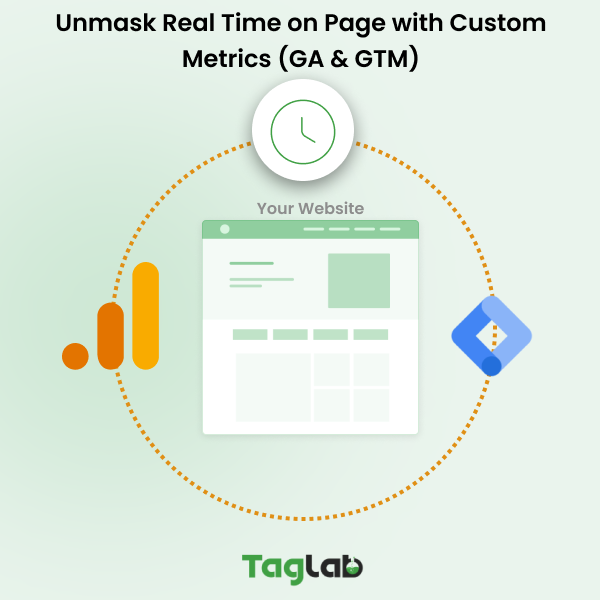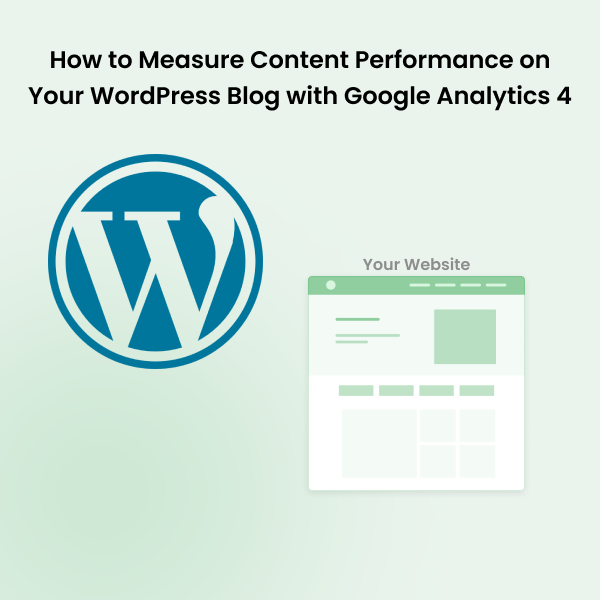Your cart is currently empty!
Common Data Layer Issues and Troubleshooting
Posted by:
|
On:
|
Setting up and maintaining a data layer is crucial for effective web analytics. Many common data layer issues arise during implementation phases. It’s essential to ensure that your data layer and data layer push events are correctly set up and functioning correctly to get accurate analytics data.
Although setting up and checking the data layer is relatively straightforward, issues can arise. Here are some common issues you may encounter and how you can troubleshoot them:
Data Layer Not Loading
If your data layer is not loading, it can be due to several reasons. Firstly, check that it’s correctly set up and included in the head section of your website. Ensure that the data layer is loaded before any tags that depend on it. You can use the browser console to verify that it’s loading correctly. If you’re still unable to load the data layer, check for any JavaScript errors in your console that may be preventing it from loading.
In case you have no clear evidence or console errors, it might be a syntax or back end issue depending on your CMS or infrastructure. In many cases it could be a conflict with other scripts or website components, consult your development or system integration team for further troubleshooting.
Digital Data Layer Not Defined
“DigitalData is not defined” is a common error in Adobe Analytics implementation. It typically occurs when the digital data object, which is used to collect and send data to Adobe Analytics, is not properly defined or implemented on a website. To fix this error, you need to ensure that the digitalData object is correctly defined and implemented according to Adobe Analytics documentation and best practices. This may involve adding or updating JavaScript code on your website, setting up data layer variables, or troubleshooting other configuration issues. Proper implementation of the digitalData object is crucial for accurate data collection and reporting in Adobe Analytics, and it’s important to work closely with your web development and analytics teams to resolve this error and ensure that your analytics implementation is functioning correctly.
Incorrect or Missing Variables
If you’re missing variables or have incorrect ones, you won’t be able to track user behavior or interactions accurately. Ensure that your data layer variables are correctly named and included in your data layer object. Check that the data layer is capturing all the necessary information, such as page URL, user ID, and other relevant data points. If you’re still having issues, check that your website’s data layer is compatible with your web analytics tool.
Load Issues
One of the common issues in populating an accurate data layer is the loading technique that the IT or system integration teams are using. It is important to load the data layer before the tag management system, so that the TMS could use it. In case of difficulty, data layer can be declared empty and variables can be loaded later using the push method.

Resolving Data Layer Conflicts
If you have conflicting data layers, your web analytics won’t provide accurate data. To resolve this, ensure that you’re only using one data layer and that it’s correctly set up and working. Check that all the tags on your website are using the same data layer object. If you’re still having conflicts, consider using a tag management system to manage your data layer effectively.
By addressing these common data layer issues, you can ensure that your web analytics data is accurate and reliable. A well-functioning data layer is essential for making informed business decisions and improving your website’s user experience.
Use data monitoring tools like Taglab to inspect and troubleshoot website issues quickly. Our team of digital experts can assist you in resolving your data layer issues with our advanced techniques.
Read more to understand what are data layers and what are they used for.
Read more about setting up correctly your data layer.
Read more about inspecting your data layer in the browser console.
Read more about advanced data layer techniques.




